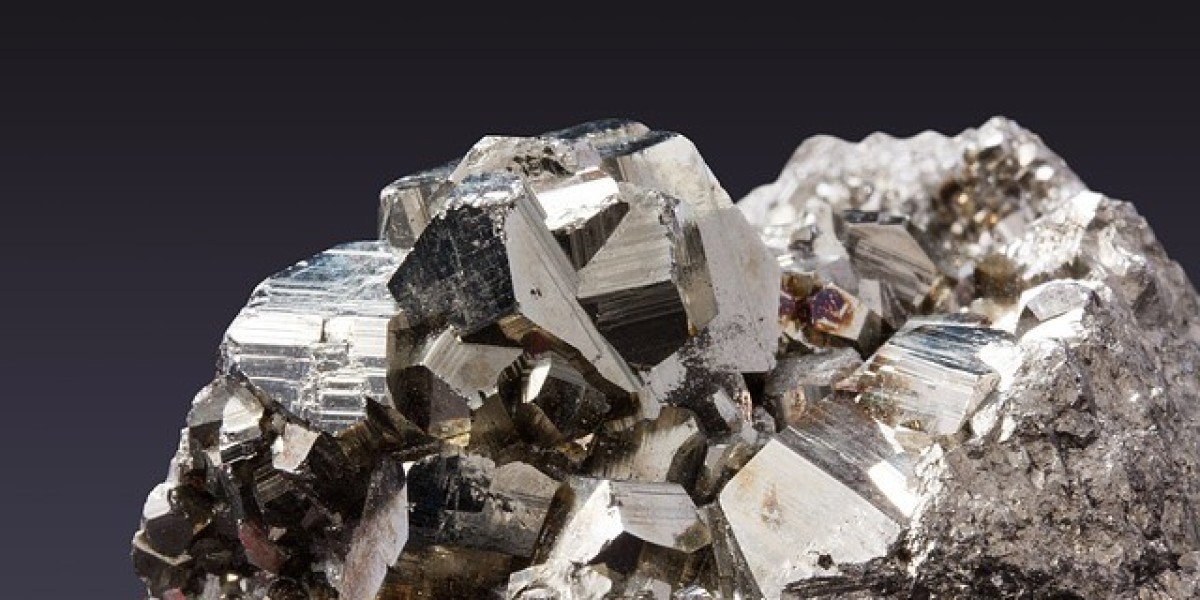Apatite minerals are a group of phosphate minerals that play a vital role in both geology and biology. Best known as the primary source of phosphorus for plant growth, they are also essential components of bones and teeth in animals, including humans. Apatite minerals come in several varieties, each with distinct chemical compositions and physical properties.
The three main types of apatite minerals are fluorapatite, chlorapatite, and hydroxylapatite. Fluorapatite is the most common type and contains fluorine. It is highly stable and resistant to dissolution, making it a crucial component in phosphate fertilizers and a contributor to the fluoride used in toothpaste. Its hexagonal crystal structure and vibrant colors, ranging from blue and green to purple, make it a sought-after gemstone as well.
Chlorapatite contains chlorine instead of fluorine and is less common than fluorapatite. It shares a similar crystal structure but is generally found in metamorphic and igneous rocks. Chlorapatite is also known for its striking green color, often used in gem collections and industrial applications.
Hydroxylapatite contains hydroxide ions in its chemical structure. It is a key mineral in human and animal bones and teeth, providing them with strength and rigidity. Synthetic versions of hydroxylapatite are used in medical implants and bone repair, as it closely mimics the natural mineral structure found in the body.
The varying chemical compositions of these apatite minerals give them unique characteristics, from gem-quality crystals to industrial and biological significance. Their versatility across different fields highlights their importance, not only in Earth sciences but also in health and technology.








